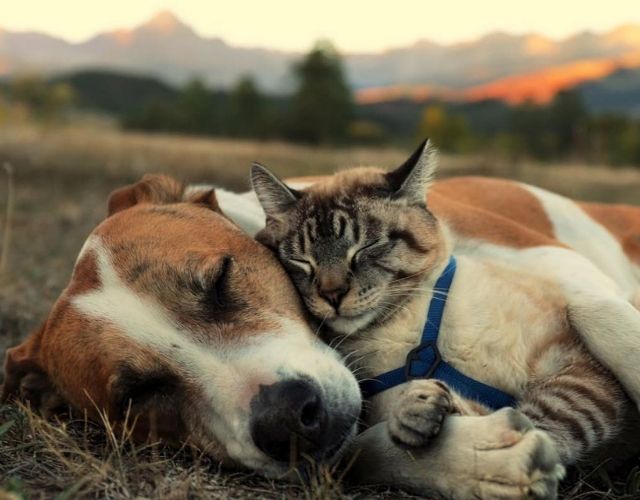Does your pet seem to be breathing more rapid at home and with increased effort? An easy way to assess for normal respiratory rates at home is by counting the respiratory rate (RR). You do this by counting how many times the chest rises in a minute. You will want to count this while your pet is relaxing or sleeping in order to get an accurate count. You can count each breath for 15 seconds and multiply by four or by counting each breath for 30 seconds and multiply by two. It is best if you repeat this a few times to get an accurate RR. Sometimes there is variation, especially while your pet is asleep. The number of breaths per minute will be able to help you determine the quality of your pet’s breathing. The typical normal RR is 15-30 breaths per minute (this range may be different if your pet has already been diagnosed with a condition like heart disease, in which case your veterinarian can give you an adjusted rate; or if the weather is hot outside and they are simply panting to cool down.) A below normal RR is often a sign of deep relaxation and is generally not be a cause for concern as long as your pet is otherwise healthy. However, if you think your pet is breathing faster than normal and you consistently get a RR above 30, this can be a sign that you need to contact your veterinarian. If you notice that in addition to the elevated RR your pet cannot get comfortable, makes abnormal noises while breathing, has pale pink or abnormal-colored gums, and/or seems weak, this indicates that your pet is in respiratory distress and needs to be seen by a veterinarian immediately. Overall, if you feel your pet is not breathing normally, err on the side of caution and make an appointment with your veterinarian for a check up.

